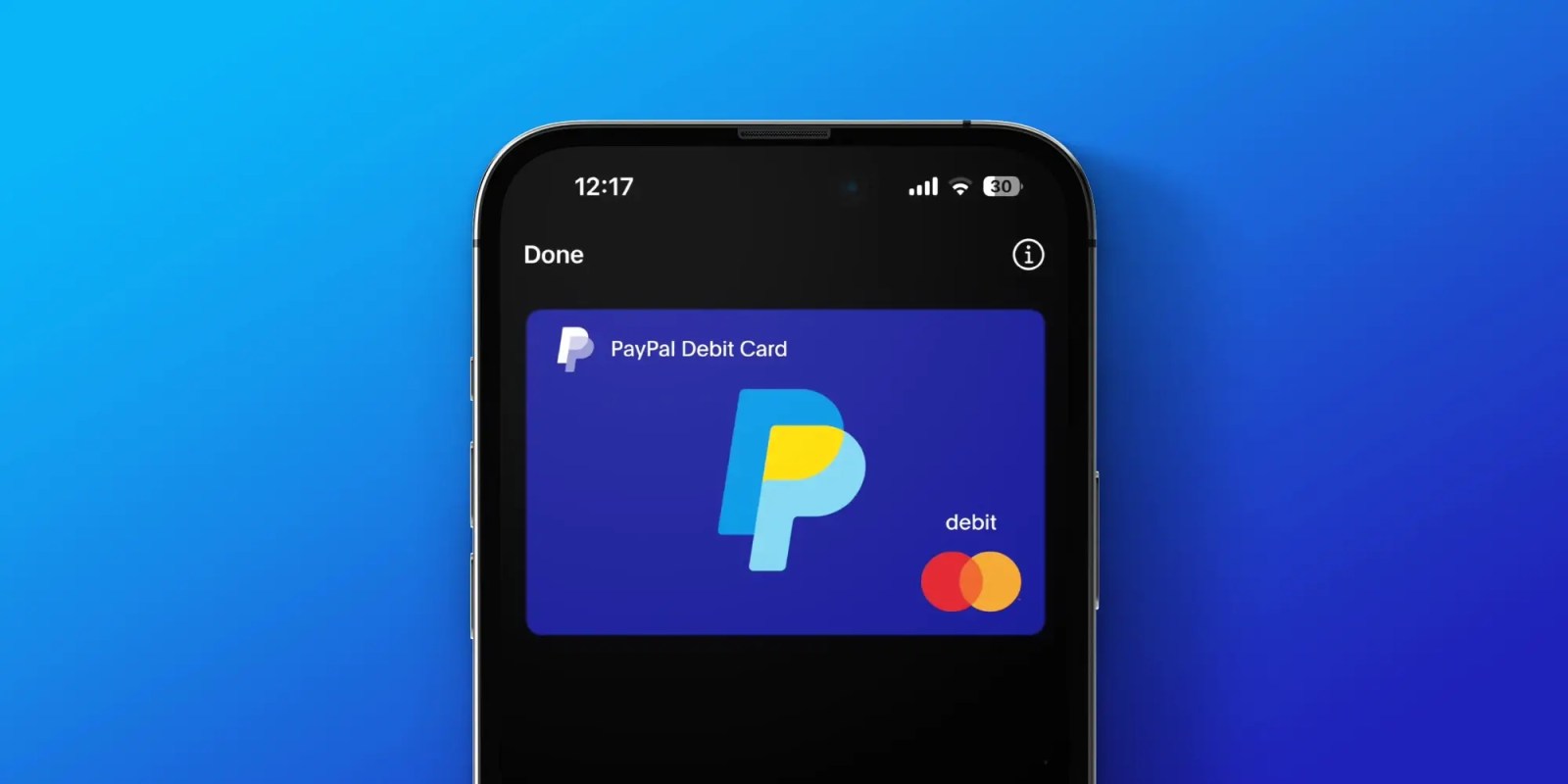Continuing the Journey with PayPal APIs – Navigating Common Challenges and Solutions
Mar 19, 2024
4 min read

Introduction
Welcome back to the ongoing exploration of PayPal APIs—a series dedicated to empowering developers with insights and solutions for optimizing payment integrations. While we strive for simplicity in our APIs, we recognize there are always challenges that will emerge when building a seamless payment experience. This article will offer troubleshooting tips and solutions to address common stumbling blocks.
Challenges and Solutions
Here are some of the most common challenges developers often encounter when working with PayPal REST APIs:
Challenge #1 - Error Handling and Understanding Responses
Deciphering and effectively handling error messages or responses from PayPal APIs can be challenging. Vague or cryptic error messages sometimes make it difficult for developers to pinpoint issues and troubleshoot effectively. Here are some examples of such error messages or codes that may come up and solutions to address them:
- "500 Internal Server Error": A system or application error occurred. Although the client appears to provide a correct request, something unexpected occurred on the server.
Solution: Check PayPal Status to ensure there are no known issues with the PayPal servers. If the systems are all operational, try again using idempotency. If the problem persists, visit our support page for assistance.
- “401 Unauthorized": The Base64-encoded client credentials in the Authorization header are invalid.
Solution: Check the access token is correctly passed to authenticate the request.
- "404 Not Found": The server did not find anything that matches the request URI. Either the URI is incorrect, or the resource is not available. For example, no data exists in the database at that key.
Solution: Check the endpoint URL to ensure it matches the environment (Sandbox or Live) that the resource was generated from. Additionally, verify that the resource ID is correct and matches what was returned from previous API results.
- "400 Bad Request": Request is not well-formed, syntactically incorrect, or violates schema (INVALID_REQUEST).
Solution: See Validation errors. The server could not understand the request.
- "415 Unsupported Media Type ": The server does not support the request payload’s media type (UNSUPPORTED_MEDIA_TYPE). The API cannot process the media type of the request payload.
Solution: Review the request headers and details to ensure proper syntax and supported payloads are passed. For example, if the client sends a “Content-Type: application/xml” request header, but the API can only accept “application/json” request payloads.
These error messages or codes might not always offer detailed insights into the root cause of the problem, which is why it’s important for developers to analyze surrounding context, review transaction details, consult documentation, and sometimes reach out to PayPal's support for clarification or resolution. Thorough error handling strategies and logging mechanisms are crucial for effectively troubleshooting unknown error messages during PayPal integration.
Challenge #2 - Versioning and Updates
PayPal regularly updates its APIs and introduces new features, which can lead to versioning challenges. Managing version changes, backward compatibility, or deprecated functionalities can disrupt existing integrations.
Challenge #3 - Customization and User Experience
Customizing the payment flow to align with the platform's specific requirements while maintaining a seamless user experience can be challenging. Developers might find limitations in customizing the checkout process extensively.
Addressing these challenges often involves comprehensive planning, in-depth understanding of PayPal's documentation, diligent testing across environments, effective error handling strategies, adherence to security best practices, and staying updated with the latest API changes.
Solution: For best practices on frontend and checkout experiences, please visit our PayPal Demo Portal.
Conclusion
Despite common challenges often associated with building payment experiences, armed with insightful solutions and proactive strategies, developers can overcome these obstacles and forge ahead towards seamless payment integrations. By fostering a thorough understanding of error handling techniques, staying abreast of API versioning, and embracing innovative approaches to customization, developers can elevate their integration endeavors to new heights. With dedication, persistence, and a commitment to excellence, the journey with PayPal APIs becomes not just a technical pursuit, but a pathway to empowering user-centric payment experiences.
For more resources and to get help with code or share feedback, visit our Community and Support pages.
Recommended

Managing Recurring Payments with Apple Pay Using PayPal
4 min read

Why You Should Attend PayPal’s Developer Meetup at Money20/20
4 min read

Building a Customizable Messaging Platform
10 min read
